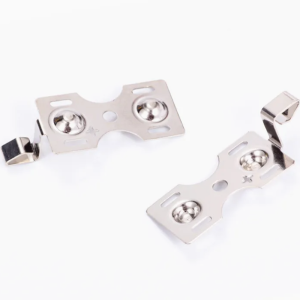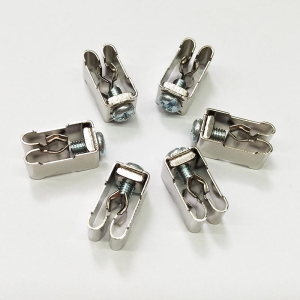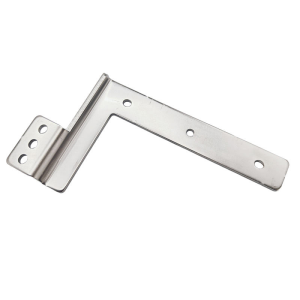When it comes to metal stamping, high-strength steel (HSS) and aluminum alloys are commonly used for their superior mechanical properties, but they present unique challenges during the stamping process. These materials, while ideal for heavy-duty applications, are prone to issues such as cracking, deformation, and dimensional inaccuracies. For manufacturers, addressing these challenges is crucial to ensure product integrity and high production yields. At Topmetalstamping, we specialize in optimizing the stamping process for high-strength steel and aluminum alloys, using a combination of advanced techniques and precision engineering to mitigate these common issues. In this blog, we’ll explore the root causes of cracking and deformation in HSS and aluminum alloy stamping, and provide practical solutions to enhance the quality of your stamped parts.
Understanding the Challenges of High-Strength Steel Stamping
High-strength steel is often chosen for its excellent tensile strength and ability to withstand extreme loads, making it ideal for automotive, aerospace, and industrial applications. However, its strength also makes it more challenging to stamp compared to more ductile materials like mild steel. Cracking, tearing, and deformation are common issues faced when stamping high-strength steel. The high force required to shape these materials can easily lead to surface or internal cracks, particularly at sharp bends, edges, or corners.
The deformation of the material, whether elastic or plastic, is another issue that arises when stamping high-strength steel. This often occurs due to excessive force or improper die design, causing the material to bend or warp. Understanding how to adjust the stamping process to prevent these issues is critical to achieving high-quality stamped parts with tight tolerances.
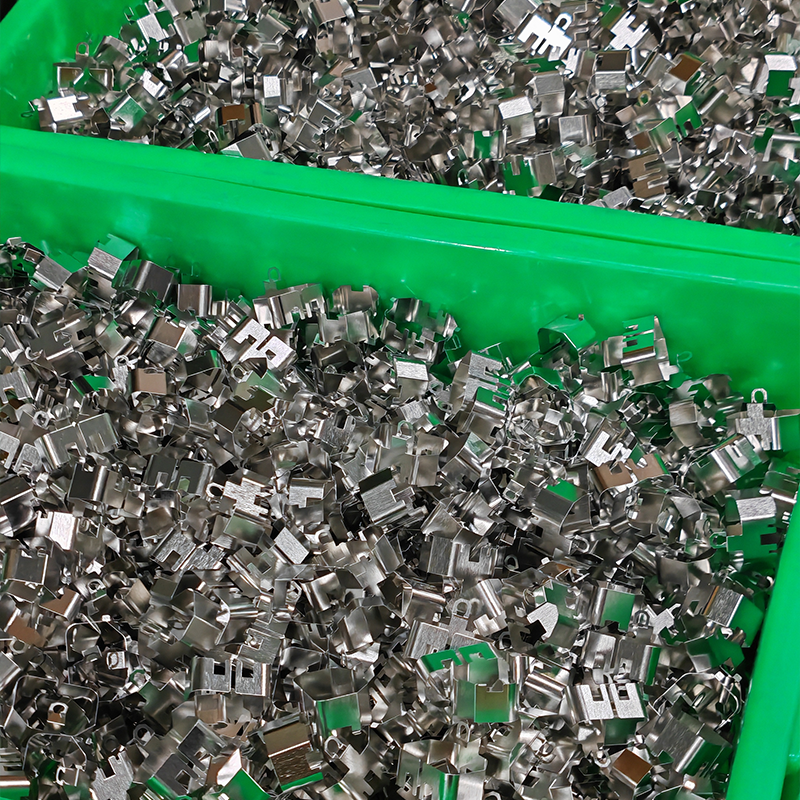
Causes of Cracking and Deformation in High-Strength Steel
- Excessive Force and Pressure: When the force applied during the stamping process exceeds the material’s yield strength, it leads to cracking. High-strength steel is particularly susceptible to cracking when exposed to high pressures, especially during deep drawing or complex bending operations.
- Improper Tooling and Die Design: Die design plays a key role in minimizing cracking and deformation. If the die is not properly designed to accommodate the specific material properties of high-strength steel, stress concentration at specific points can cause cracks or warping.
- Insufficient Lubrication: Adequate lubrication is essential to minimize friction during the stamping process. Without proper lubrication, excessive heat buildup and increased friction between the material and die surface can lead to premature wear on the tooling, as well as cause deformation and cracking in the material.
- Material Properties: High-strength steel, due to its enhanced hardness, has lower ductility compared to softer materials. This makes it more prone to cracking under stress. The alloy composition and thickness of the steel also contribute to its overall formability and susceptibility to cracking.
- Temperature Effects: High-strength steel can be sensitive to temperature variations during the stamping process. If the material is too cold, it becomes brittle and prone to cracking. Conversely, excessive heat can cause it to lose strength and deform.
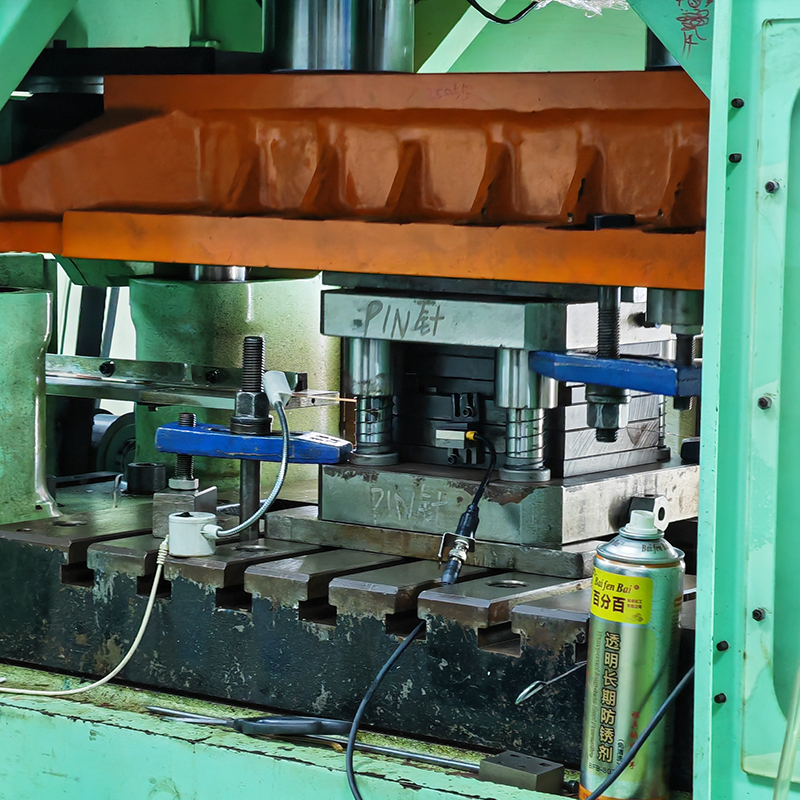
Solutions for Overcoming Cracking and Deformation in High-Strength Steel Stamping
To prevent issues like cracking and deformation, manufacturers need to carefully consider both the stamping process and the material properties of the steel. At Topmetalstamping, we implement several advanced solutions to address these challenges:
1. Optimizing Stamping Pressure
Understanding the pressure requirements for each material is crucial. For high-strength steel, it’s essential to use adjustable stamping pressures. By fine-tuning the pressure applied by the stamping press, we can reduce the risk of cracks and deformation. Progressive die design helps distribute pressure evenly across the material, preventing localized stress points that can cause cracks. Using high-tonnage presses ensures that the pressure applied is consistent and appropriate for the material thickness and form.
2. Using Advanced Tooling and Die Design
To minimize cracking and deformation, die design must be optimized for high-strength steel. A well-designed die with proper radii and clearances ensures that the material is formed uniformly, preventing excessive bending or warping. Flow analysis is often used to simulate the stamping process and adjust die geometry for improved material flow and minimized stress concentration points. Additionally, multi-stage dies can help reduce the impact of deep drawing or bending operations, as the material is gradually shaped rather than subjected to sudden deformation.
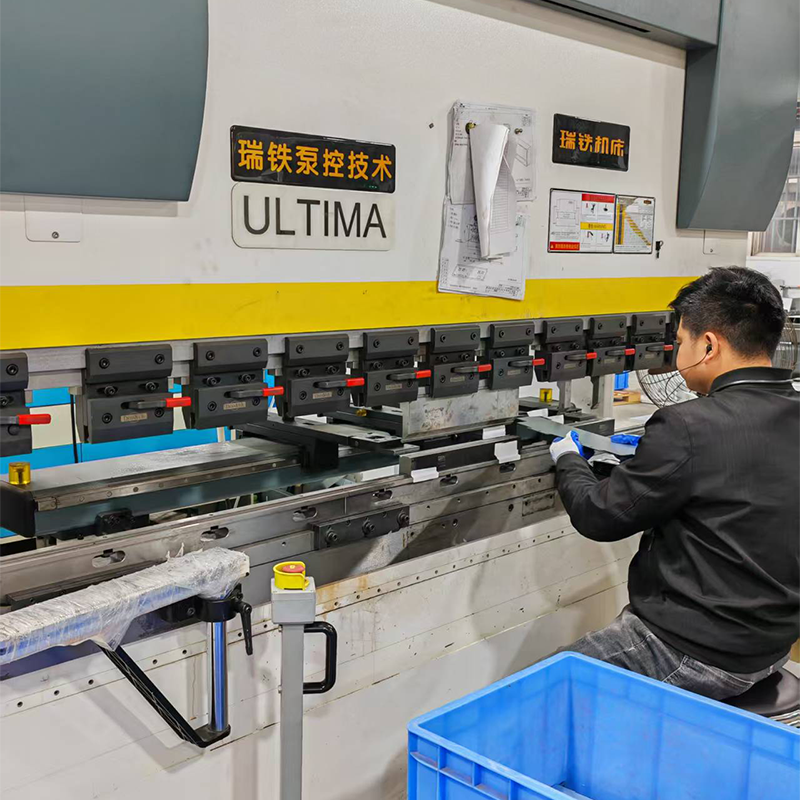
3. Proper Lubrication and Cooling Systems
Lubrication plays a critical role in reducing friction and preventing material damage during stamping. By using advanced lubricants and incorporating cooling systems into the tooling, we can maintain optimal temperatures and minimize friction, which reduces the likelihood of cracking. Lubrication management systems allow us to precisely control the application of lubricant, ensuring the surface of the material remains smooth and free from defects.
4. Material Pre-Heating and Temperature Control
To prevent brittleness and cracking, pre-heating high-strength steel before stamping is an effective solution. This softens the material slightly and improves its ductility, making it more pliable during the forming process. Temperature control is essential throughout the stamping process to maintain uniformity and prevent thermal-induced stress. Controlled heating systems allow for precise temperature management, ensuring the steel maintains the right balance of hardness and ductility during stamping.
5. Advanced Inspection and Quality Control
At Topmetalstamping, we use state-of-the-art 3D inspection systems, coordinate measuring machines (CMM), and automated vision systems to check for surface defects, cracks, and dimensional accuracy. These systems allow us to quickly identify any inconsistencies in the stamped parts and correct them before they reach the customer. We also perform material testing to ensure the steel’s properties are within the acceptable range and that it meets the necessary industry standards.
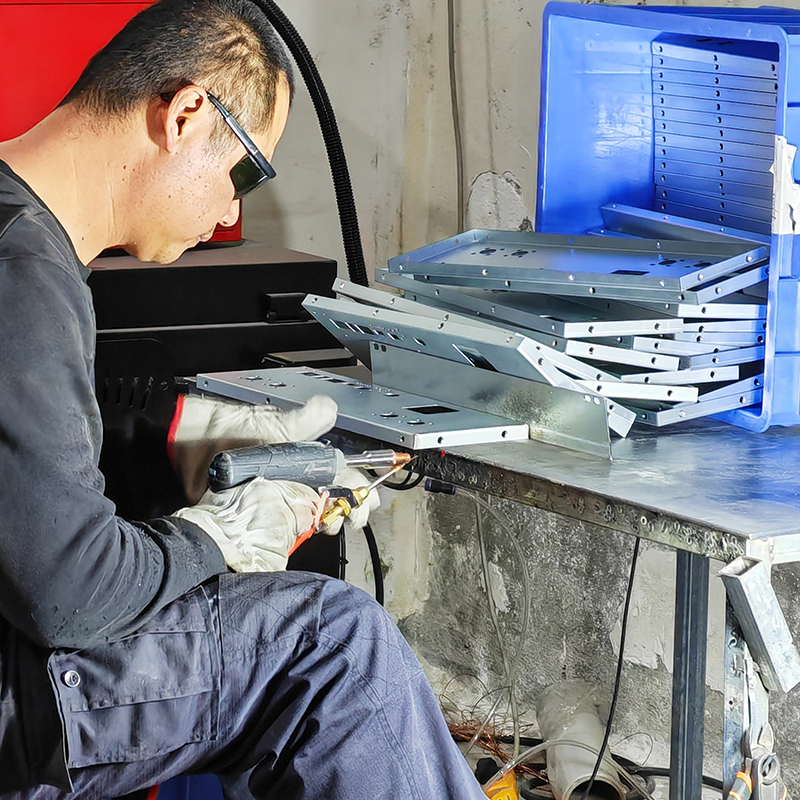
6. Stress-Relieving Post-Processing
After stamping, stress-relieving heat treatments can be applied to the material to reduce internal stresses that may have built up during the stamping process. This helps improve the material’s overall performance and reduces the risk of cracks or warping in the final product.
How Topmetalstamping Addresses Customer Concerns
At Topmetalstamping, we understand the unique challenges our customers face when working with high-strength steel and aluminum alloys. We take a customer-centric approach to address these challenges by offering customized solutions tailored to your specific needs. Whether it’s optimizing stamping pressure, improving die design, or implementing advanced quality control measures, we are dedicated to delivering stamped parts that meet the highest quality standards.
Our experienced team works closely with clients to understand their specific requirements and provides expert recommendations on material selection, process optimization, and tooling design. We are committed to ensuring the highest level of precision and performance for every part we produce.
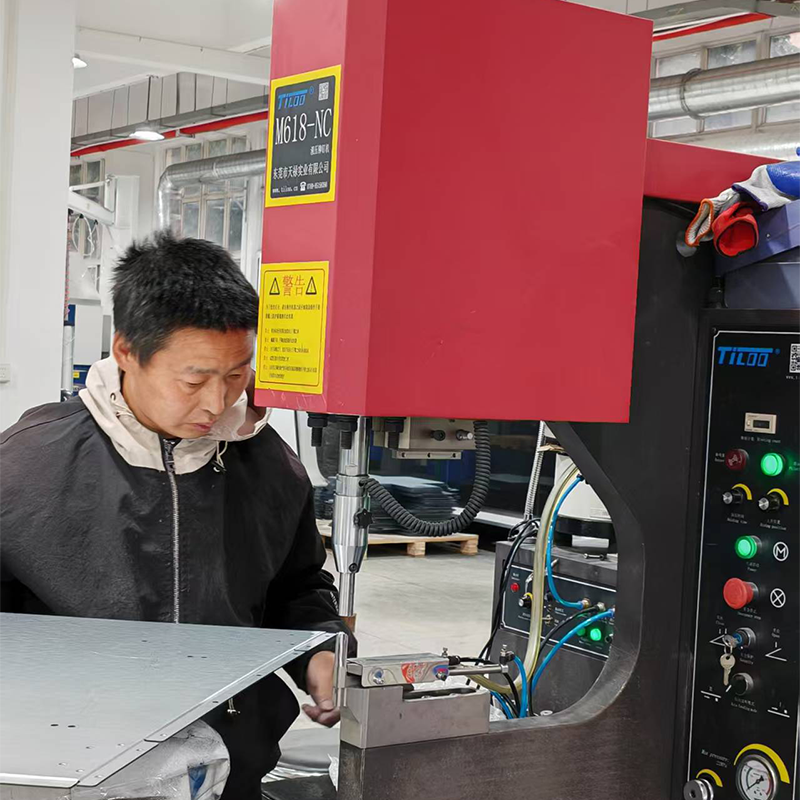
Partner with Topmetalstamping for High-Quality Stamped Parts
If you are looking for a reliable partner to produce high-strength steel stamped parts that meet stringent quality standards, Topmetalstamping is here to help. Our commitment to innovation, precision, and quality assurance ensures that your stamped parts will be produced efficiently, accurately, and cost-effectively.
Contact us today to discuss your next stamping project, and let us show you how our advanced technologies and expert team can help you overcome challenges related to cracking and deformation in high-strength steel. Together, we can ensure that your parts perform at their best while maintaining cost-efficiency and high production yields.

